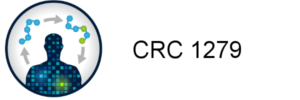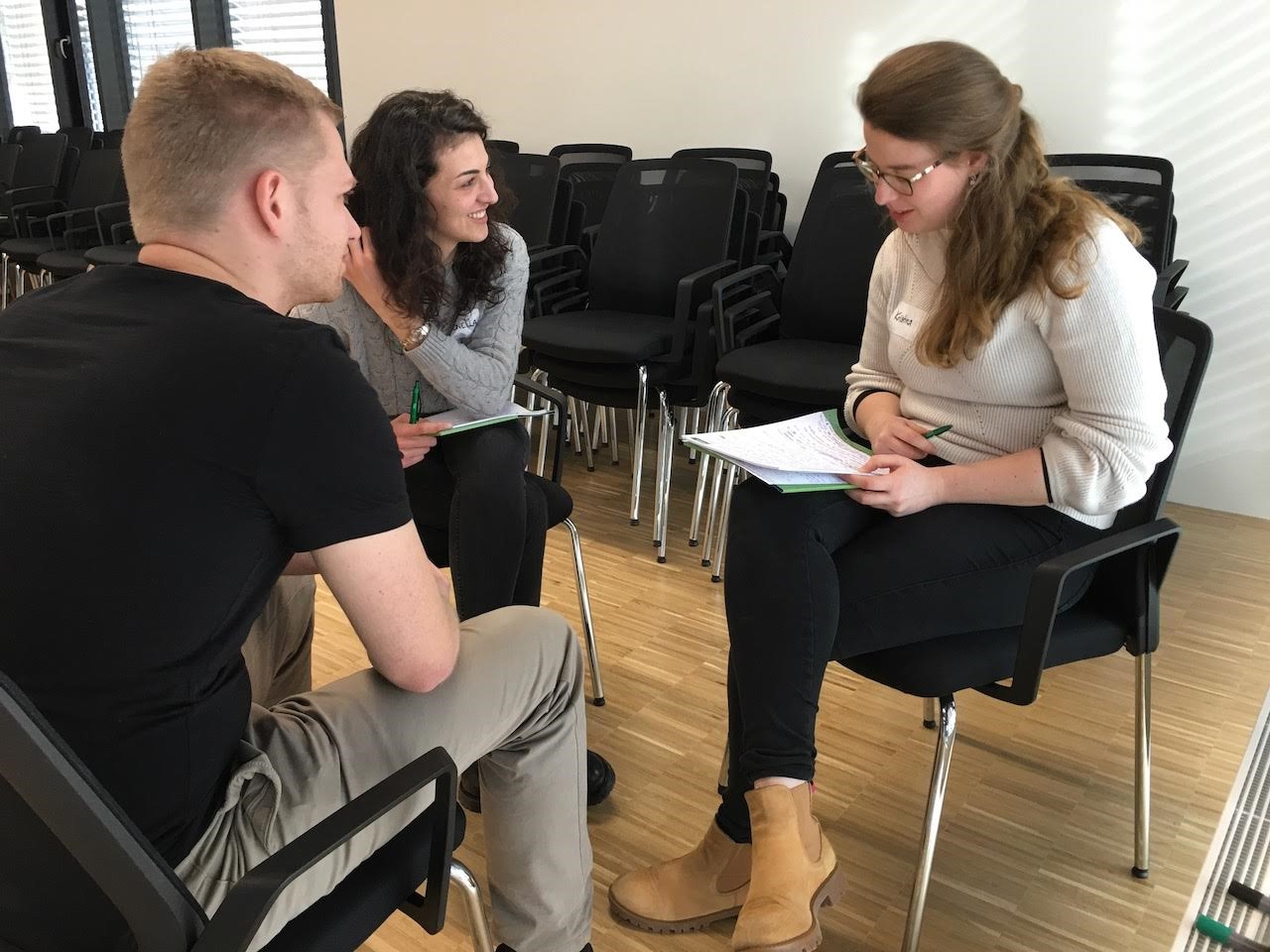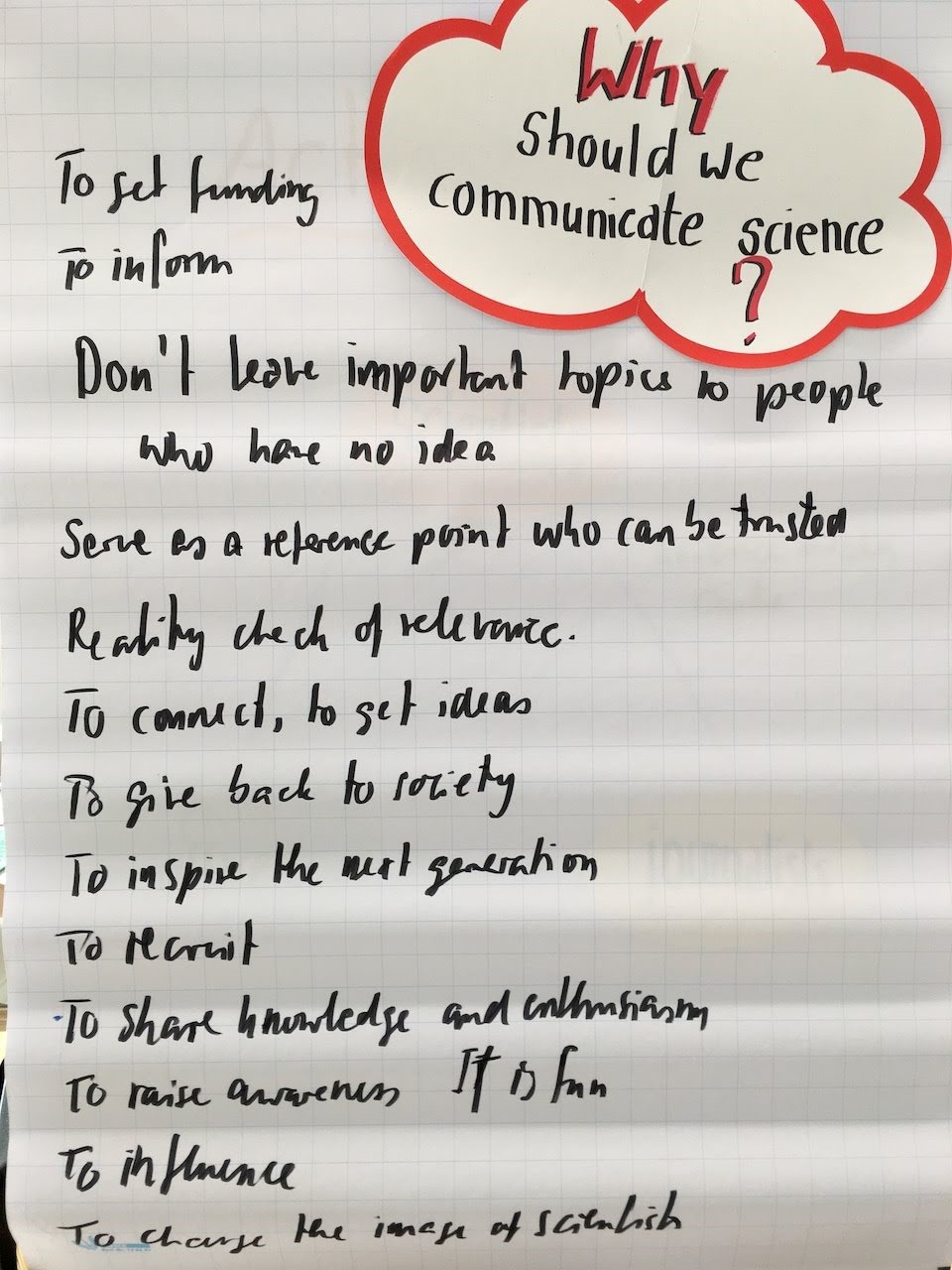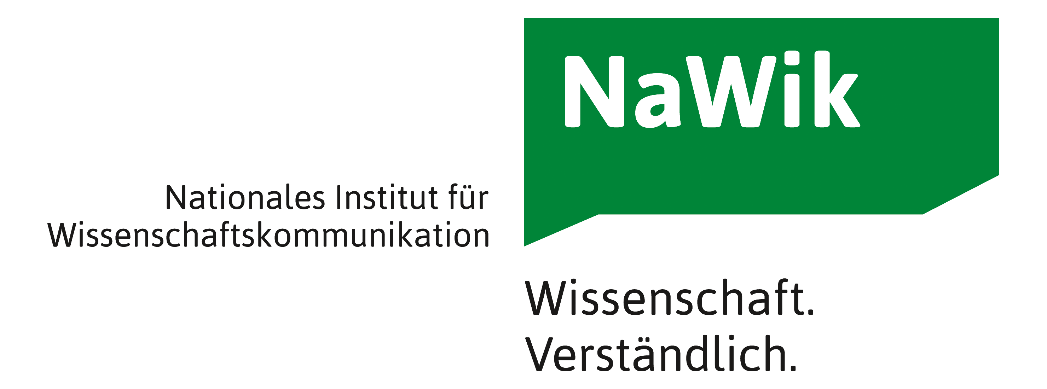The essentials of science communication
The relevance of science communication has been steadily increasing during the last years. However, while most scientists are used to communicating with colleagues from their own field they might not feel confident when reaching out to multidisciplinary collaboration partners or a non-scientific audience.
To build up the knowledge to do so, the CRC1279 invited Dr. Tobias Maier from the National Institute for Science Communication in Karlsruhe to host a workshop in Ulm.
The key elements of successful science communication are aim, audience, medium, style and topic. To begin with, the participants discussed why it is important to communicate their science. Amongst others, these reasons included offering reliable information for the public, increasing their visibility for future employees, attracting funding and inspiring young scientists to pursue scientific careers. Another key element of science communication is to identify the target audience and to select the most appropriate medium and style of communication. For example, on social media, it is possible to target a broad audience but the number of characters per post are limited. To convey scientific knowledge it might thus be better to write blog posts with no character limitation. In contrast, videos are more suitable to explain different methods, since the audience can observe e.g. color changes directly.
One interesting practical exercise was to define the core message. To this end, all participants summarized their research project in maximum three short, simple and structured sentences. They should highlight the importance of their research, problems they currently face, their scientific solutions and the benefits for the public.
During the practical session in the afternoon, the participants developed different ideas for a CRC1279 communication strategy. These included organizing scientific activities at schools, producing Youtube videos on methods or ‘a typical day in the lab’, building an active twitter account to reach journalists and collaborating with local newspapers, radio and TV stations to inform the local community in Ulm.
Motivated by this workshop, Lia Olari and Rüdiger Groß from the Institute of Molecular Virology will produce small videos about different projects of the CRC1279 and post these on YouTube and the CRC Twitter account soon.




